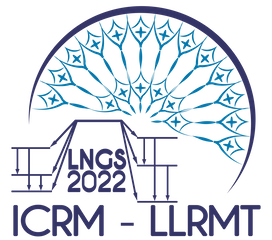Speaker
Description
The ISO/IEC 17025 standard General requirements for the competence of testing and calibration laboratories, issued in November 2017, requires that laboratories must identify, evaluate and appropriately propagate all significant contributions to the measurement uncertainty, including also those arising from sampling. The common praxis with previous version of the standard was that the contributions of the measurement procedure were evaluated in detail and in reports it was stated that the result represent the activity of the sample measured and not of the whole sampled balk material. Based on this new requirement, the contribution of the sampling uncertainty to the total uncertainty budget of the high-resolution gamma-ray spectrometry of environmental samples has to be evaluated properly.
There are different approaches for determination of the sampling uncertainty Commonly recommended method for chemical testing laboratories is the split-sample method, described in the EURACHEM Guide Measurement uncertainty arising from sampling. This method is based on applying the same sampling procedure two or more times on the same target or on different targets and replication of the measurement procedure entirely or partly by splitting the samples. For calculation of the standard deviation or relative standard deviation two methods, range statistics or analysis of variances (ANOVA method), are proposed.
At the Laboratory for Radioactivity Measurements at Jožef Stefan Institute an alternative method for determination of the sampling uncertainty was developed. The determination of sampling uncertainty is based on the evaluation of the standard deviation of the set of measurement results of samples taken from the same target, which includes also the contribution of the sampling uncertainty and the combined uncertainty budget of sample preparation and analysis. From these two uncertainties the contribution of the sampling uncertainty can be extracted.
To properly evaluate the sampling uncertainty we performed statistical analyses of measurements of sets of samples taken from the same target in the same general time period. During an extensive soil sampling campaign we took soil samples at 9 locations performed on a grid of 9 points with the distance of 3 m, at each location the sampling was performed at 3 depths (0–5 cm, 5–10 cm and 10–15 cm). On this set of samples both approaches of evaluation of sampling uncertainty were applied.
In this paper the comparison of these two methods for the evaluation of soil sampling uncertainty will be presented and discussed.

